As announced in our Facebook group, we aim to post some travel reports on this site! The first ones will be about the experiences of both Dutch and international Japan Fans in Tokyo. But before that, we’d like to offer you some background information. Here is a “Tokyo Travel Guide” by our friends from Ervaar Japan.
Travel to Tokyo for an absolutely unique experience. With over 13 million inhabitants swarming like ants 24 hours a day, the capital of Japan is a huge city like no other. The city offers a variety of urban cityscapes where each district has its own history and atmosphere.
The neon lights of Shinjuku, the temples of Asakusa and the busiest zebra crossing in the world at Shibuya Crossing – Tokyo is a unique experience.
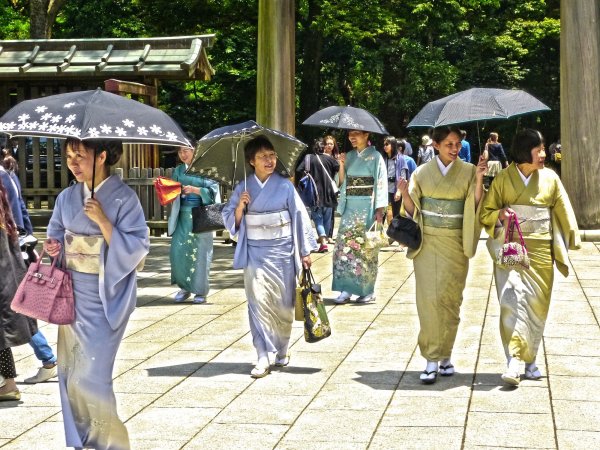
Public transportation
To keep a metropolis like Tokyo running smoothly requires an extensive and efficient public transport network. So extensive and efficient that the capital’s public transport system is the busiest in the world. Wherever you need to be in the capital, there is always a metro, train or bus stop nearby.
Metro
The capital’s metro system is the busiest in the world. More than 8 million people travel on the metro daily, divided among 13 lines. The system is so extensive that 2 transport companies are responsible for the timetable.
The largest of the 2 operators is Tokyo Metro. This company operates 9 of the 13 lines. The remaining 4 lines are operated by Toei Metro.
The fact that 2 companies are involved in running the metro services creates hurdles for uninformed tourists. Changing from a Tokyo Metro line to a Toei Metro line also means buying a new ticket. At some stations, you have to leave the station to do this; at others, there are special transfer gates.
Fortunately, there is a metro pass that allows unlimited use of all 13 metro lines without having to buy separate tickets each time.
Train
The main train connection in the city is the Yamanote line of JR East. This 35-kilometre ring line connects the main districts. Trains take an hour to complete the loop and each train stops at every station. During the busiest hours of the day, a train leaves each station every 2 to 3 minutes in both directions. No wonder the Yamanote line is the busiest railway line in the world.
Other important lines you will have to deal with as a visitor are:
Keihin-Tohoku line: From JR East runs from Yokohama to Saitama via Shinagawa, Tokyo and Ueno stations
Chuo line: From JR East runs through the middle of the city from east to west
Shonan-Shinjuku line: From JR East takes you to Odawara and Kamakura
Odakyu: A private railway company that connects the capital with Hakone
Keikyu: Also a private line connecting the city centre with Haneda Airport
Keisei: A private line to Narita airport
Bus
The bus is a lot less popular among tourists. Not because it is difficult to take a bus, but because the extensive network of subways and trains can actually take you anywhere you want to go. If you do take the bus, pay attention to the following points:
Most buses charge a flat rate of ¥210 per trip, regardless of the distance you travel
On all buses you get on at the front and pay at the machine next to the driver
You can pay cash but a prepaid card or day pass is much easier, available from the driver

Staying in Tokyo
Shinjuku
The best district to stay in is Shinjuku. The busiest train station in the city is located here. From here, you have a connection to all corners of the city. Moreover, Shinjuku itself has a number of must-see attractions.
Tokyo Station / Marunouchi
The area around Tokyo Station is also an excellent place to discover the capital. The station is the starting and finishing point of most Shinkansen lines. If you are travelling in Japan from elsewhere, chances are that you will get off the train here. Around the station you will find the big department stores, a variety of restaurants and the Imperial Palace.
Roppongi
Many regular visitors find Roppongi “the place to stay”. Apart from good hotels, there is plenty to do here 24 hours a day. During the day, Roppongi is an excellent place for shopping. At night, the nightlife here is vibrant. It feels like a hip, trendy neighbourhood. The only disadvantage of Roppongi is that the Yamanote line does not stop here. So it is a little harder to travel to the other districts of the city.
Things to see and do in Tokyo
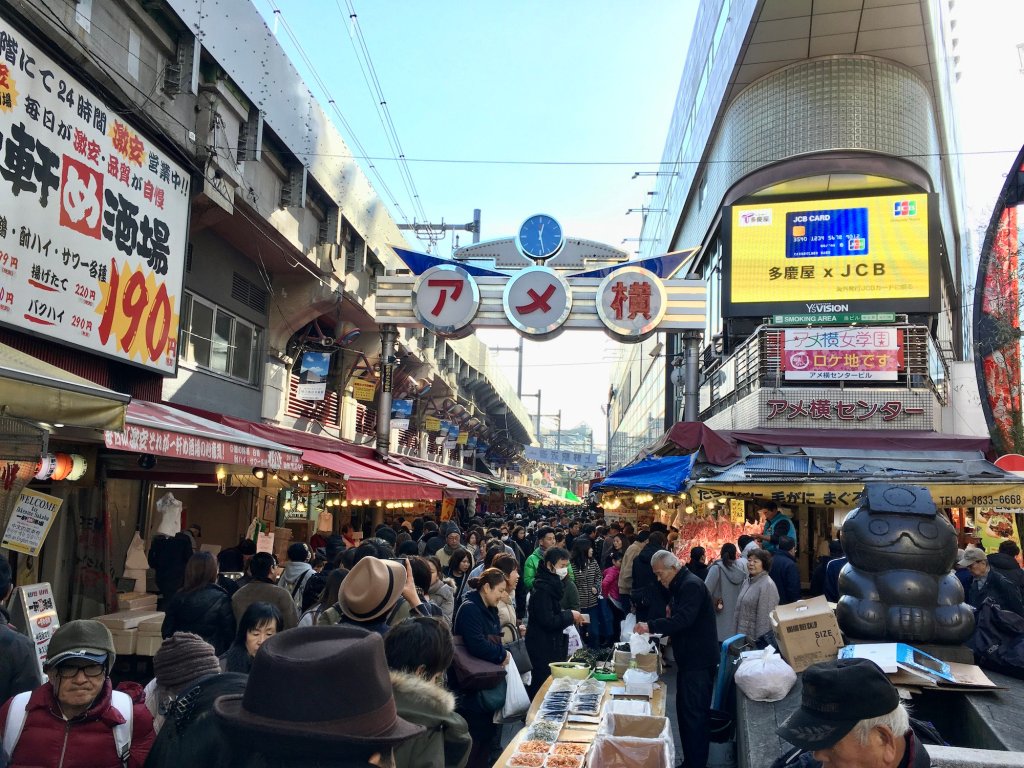
The Ameya Yokocho market is located halfway under the elevated track of the Yamanote line. It is one of the busiest markets in the city.
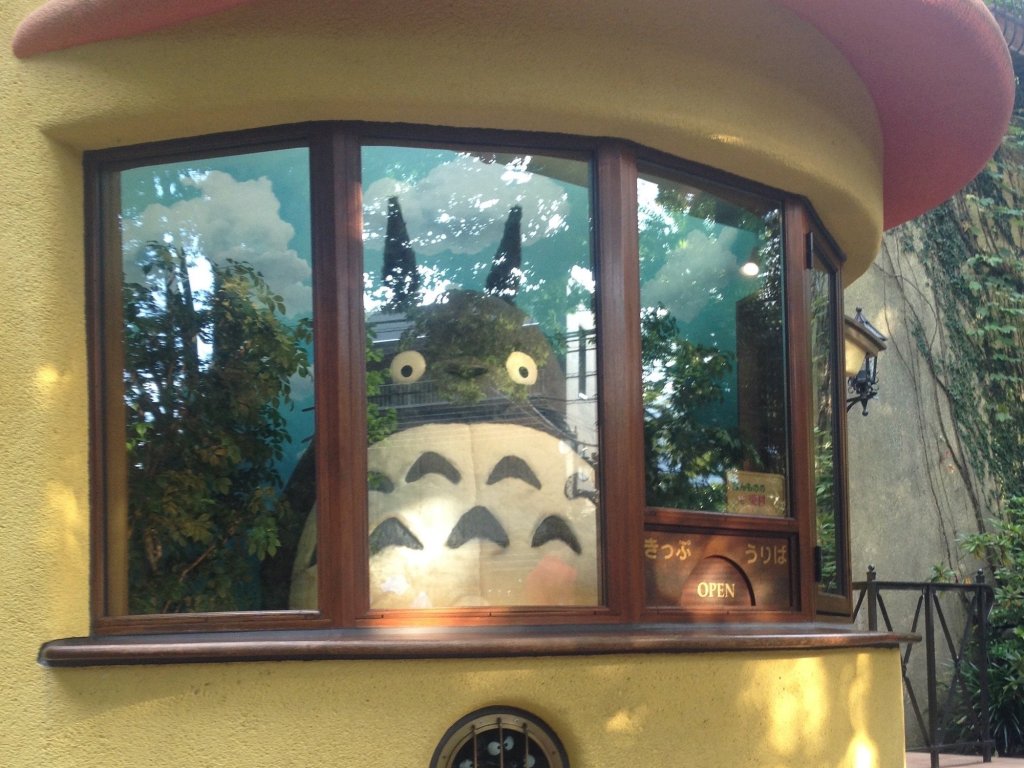
Miyazaki Hayao’s animation studio Studio Ghibli is one of Japan’s leading animation producers.

The Shinto sanctuary Meiji Jingu is located in the middle of the city’s largest park. The peace and quiet here form a nice contrast with the hustle and bustle of the metropolis.
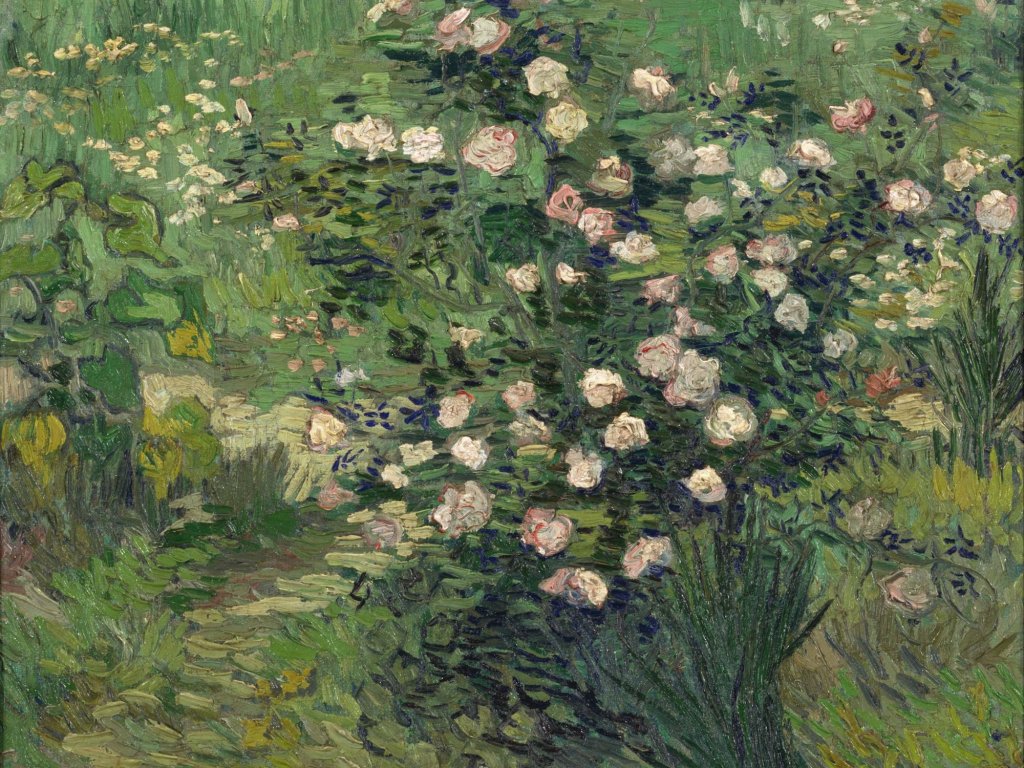
This museum houses works by Rubens, Brueghel and Van Gogh, among others. The building itself is on the UNESCO World Heritage List.
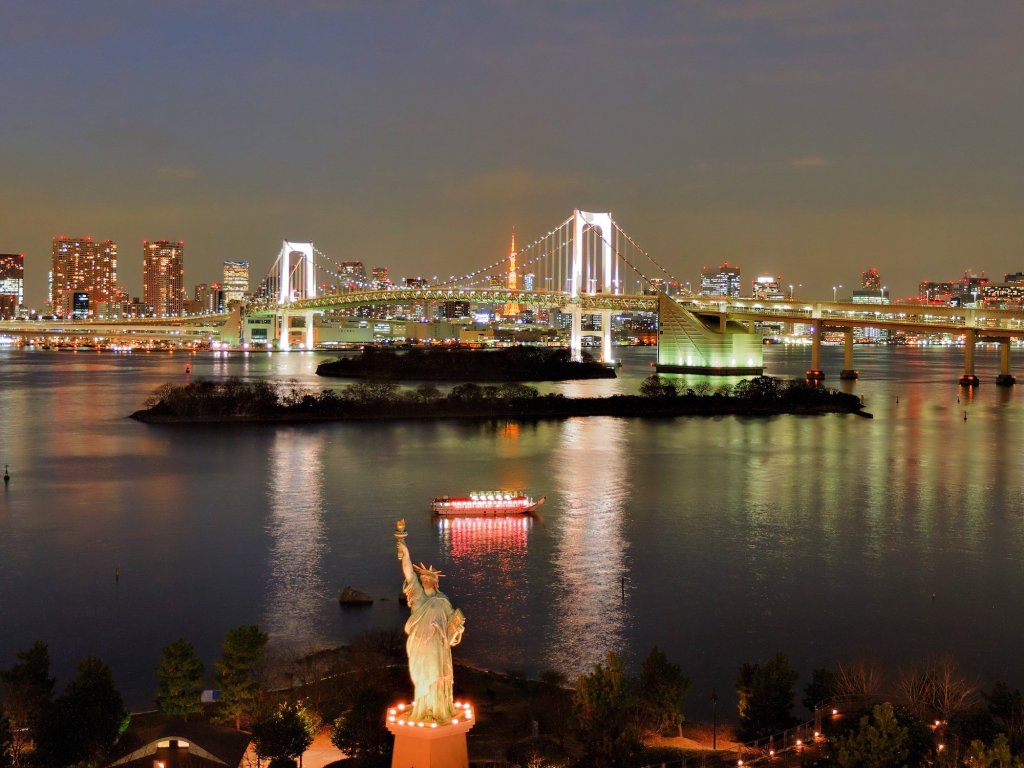
Odaiba Island in Tokyo Bay is one of the capital’s shopping and entertainment areas.
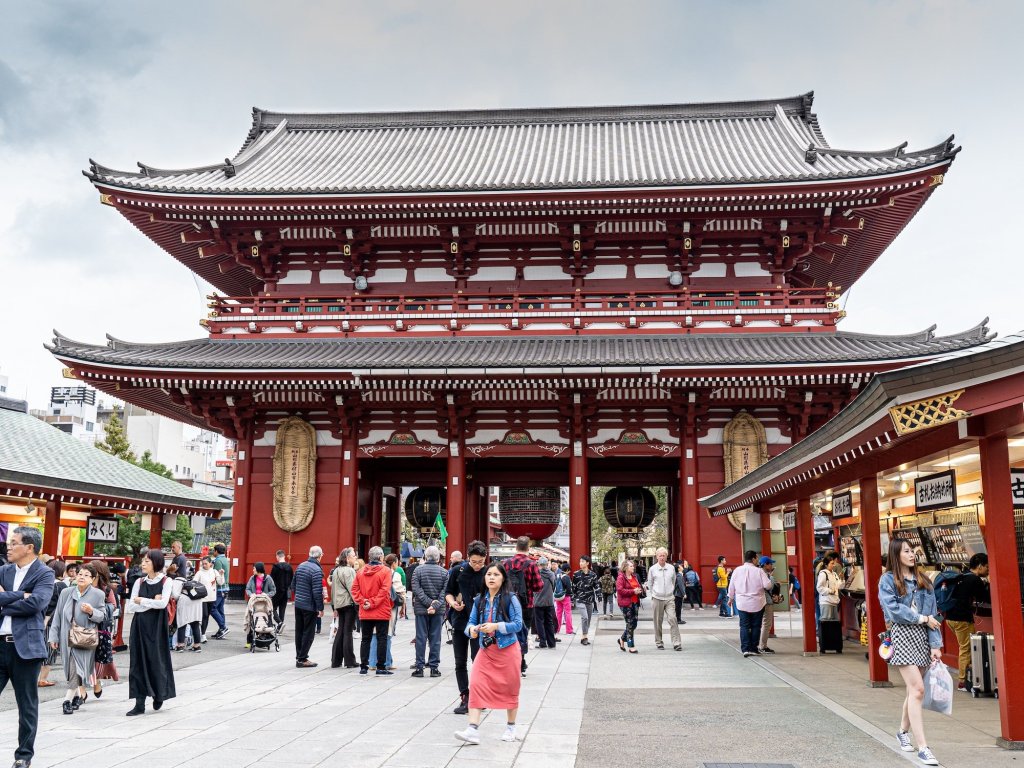
Senso-ji is the oldest Buddhist temple in the city. The many visitors come not only for the temple, but also for the shops around it.
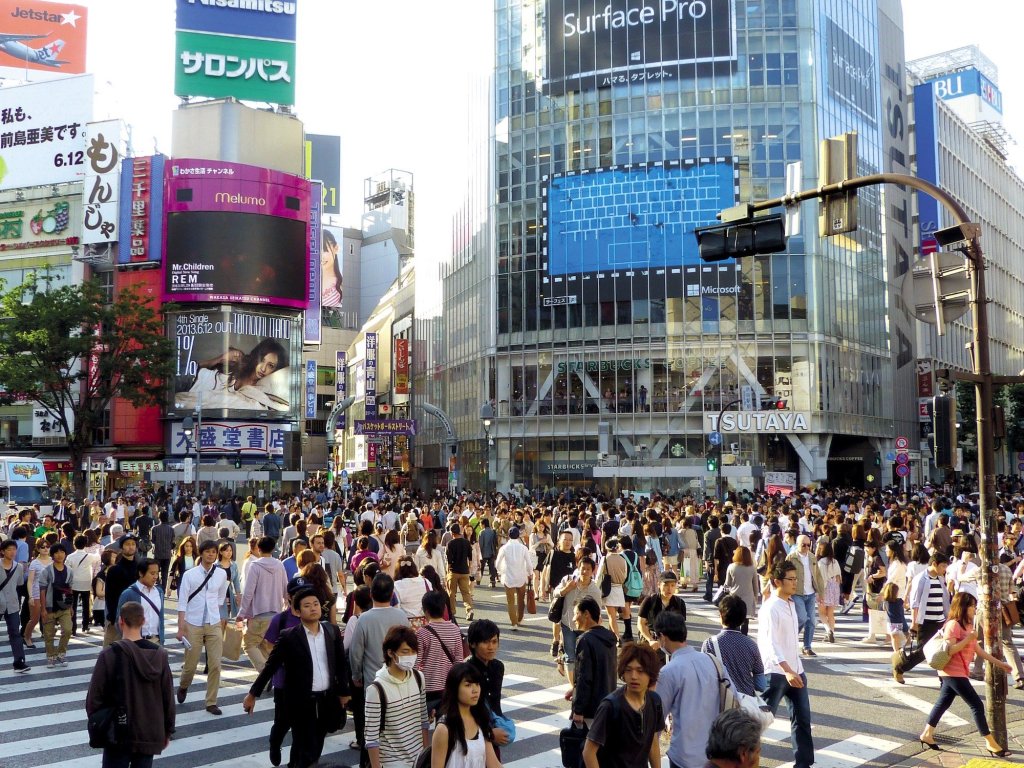
Probably the busiest crossing in the world is the zebra crossing outside Shibuya Station.
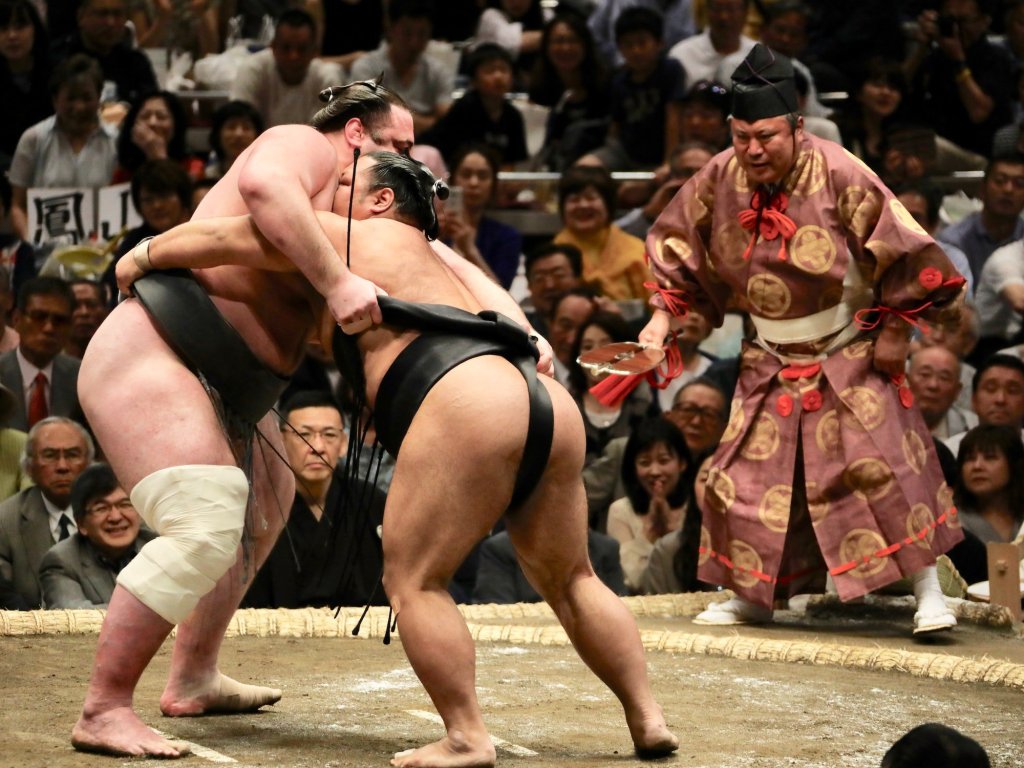
In January, May and September, the Great Tournament of sumo wrestling takes place in Tokyo. The tournament takes place in the Kokugikan Sumo Arena.
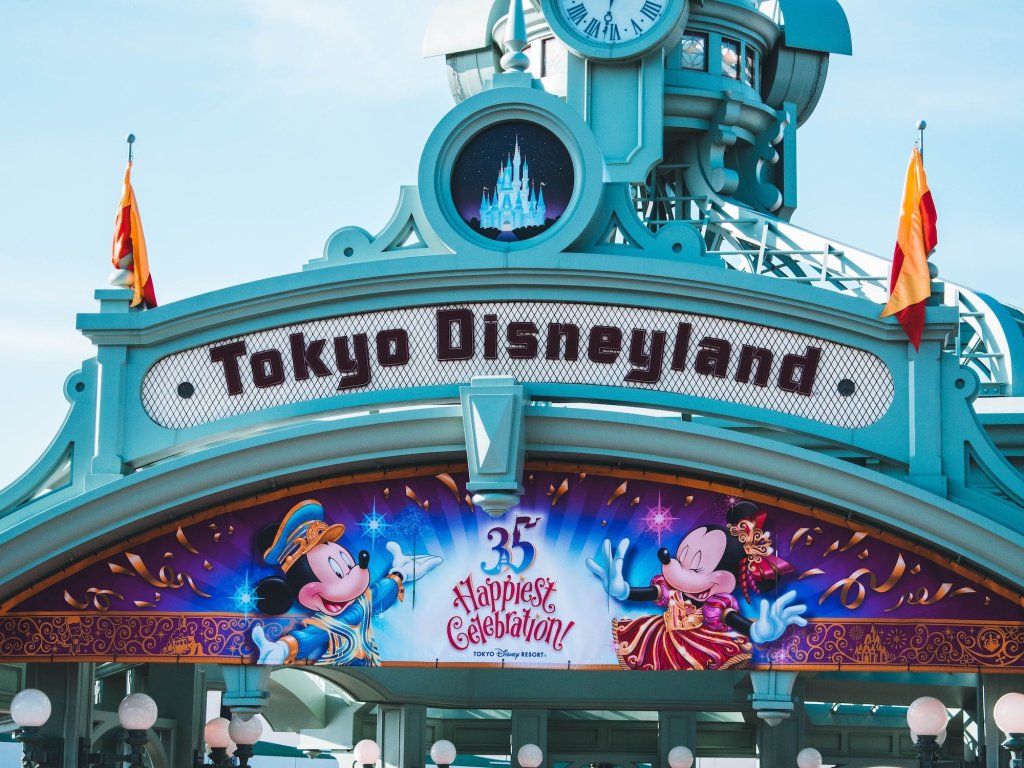
Disneyland is the oldest Disney theme park outside the United States. The park is divided into 7 zones, each with its own theme.
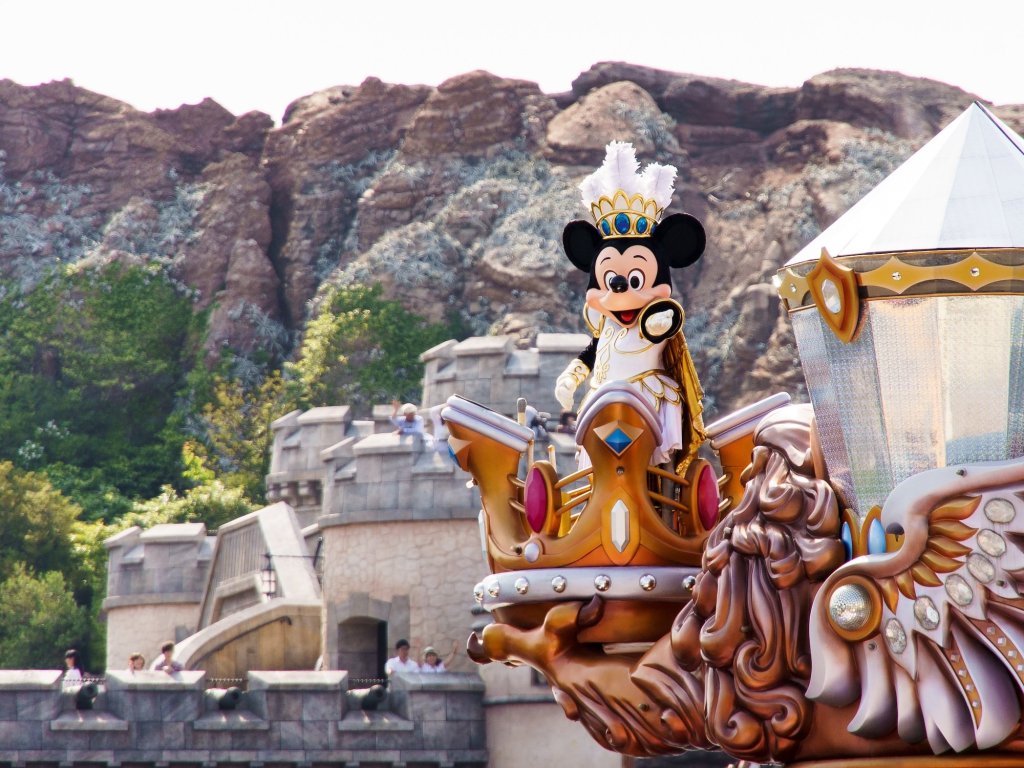
The amusement park DisneySea is a unique Disney concept that can only be found in Tokyo. In 2001 the park opened directly next to Disneyland.
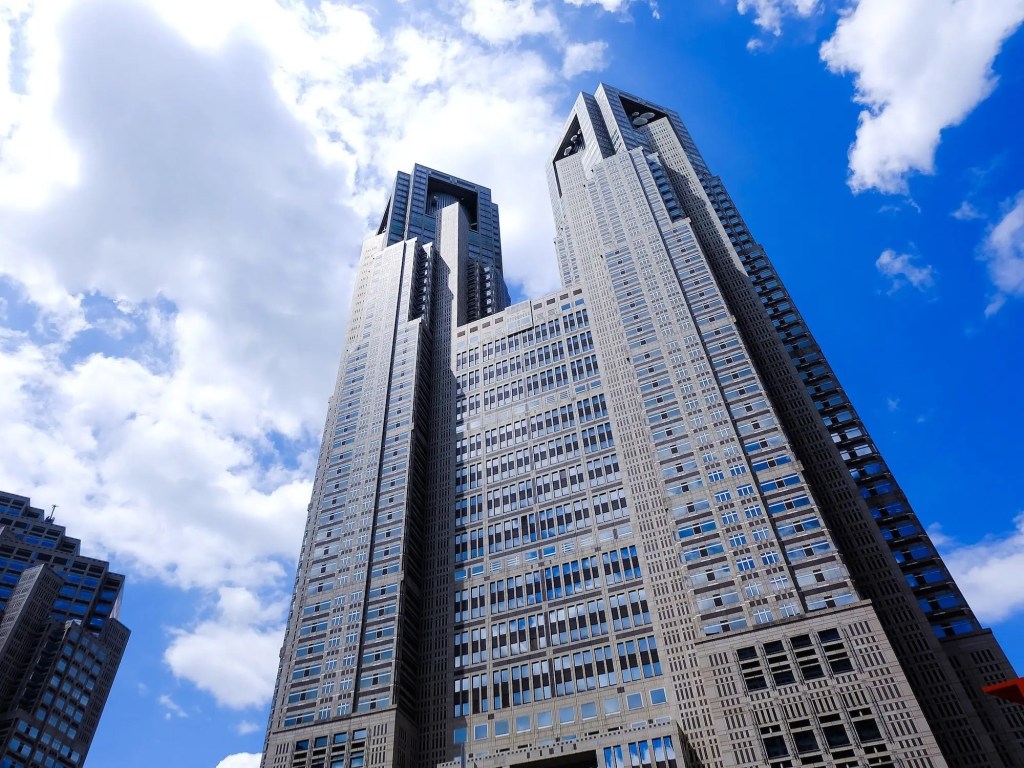
On one of the top floors of the Tokyo Metropolitan Government building is an observation deck (free to visit).

The eye-catching Tokyo Skytree is Japan’s tallest tower and offers a magnificent view of the Japanese capital.

The Tokyo Tower is a copy of the Eiffel Tower. And just as the Eiffel Tower is the symbol of Paris, Tokyo Tower is the symbol of Tokyo.

The fish market has always been a popular tourist attraction. In 2018, the fish market moved to a new location in Toyosu.
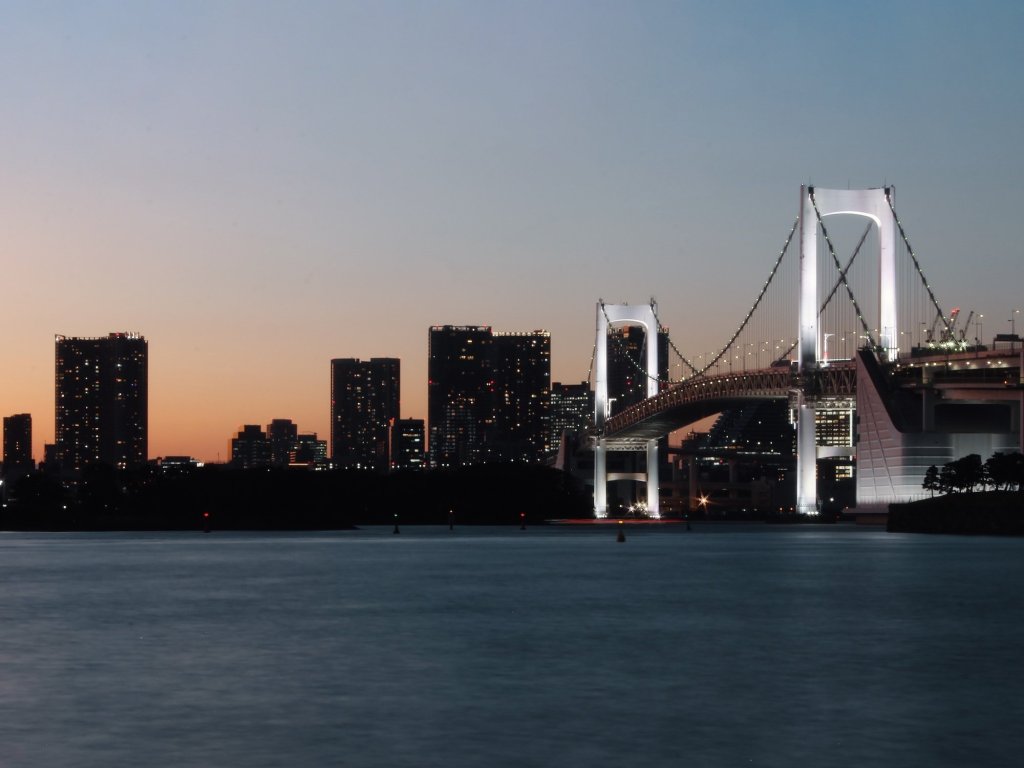
The Tokyo Water Bus offers a relaxing way to explore Japan’s capital city by water.
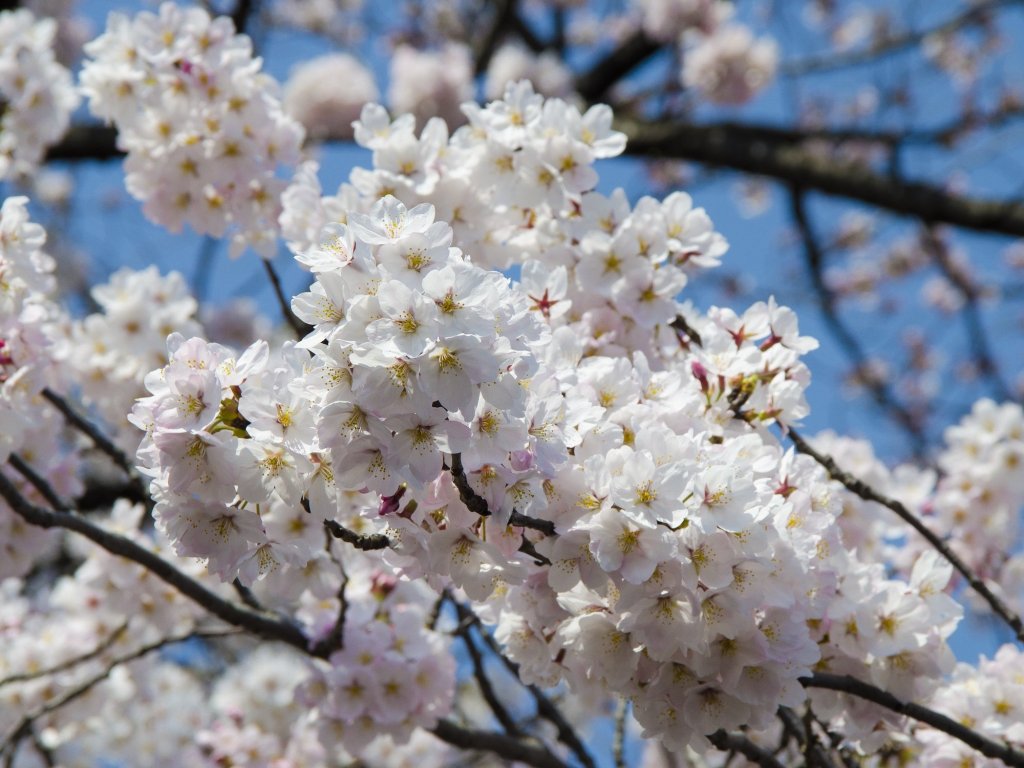
Ueno Park is one of the city’s largest parks with a number of museums and Ueno Zoo. During the cherry blossom season, the park is the place to be.
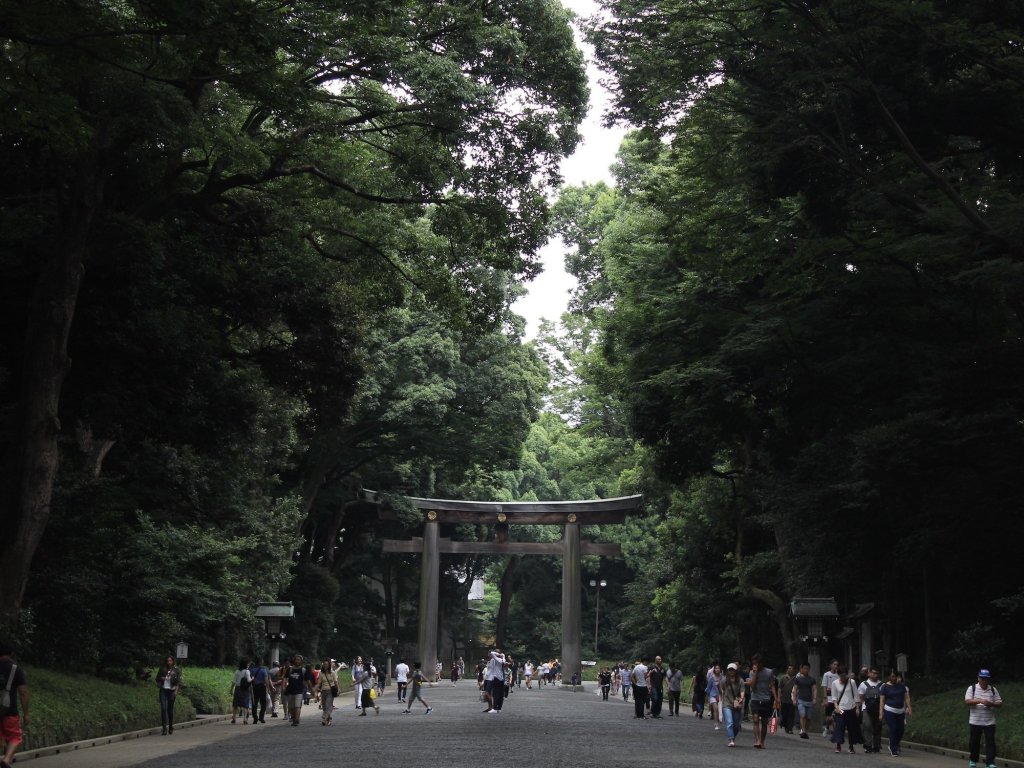
Yoyogi Park is een van de grootste stadsparken van Japan. Het is een heerlijke plek om even te ontsnappen aan de drukte van de metropool.
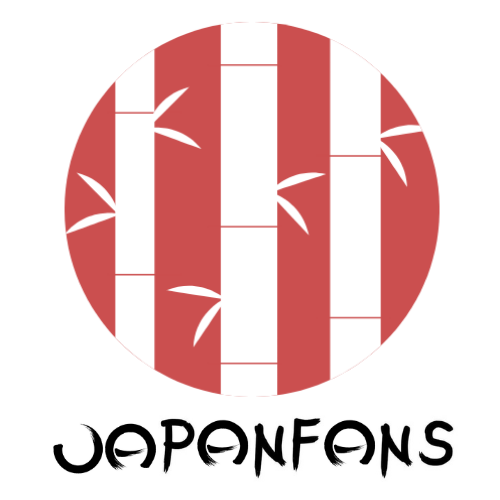
For staying in Tokyo, Asakusa also has some nice hostels/ryokans!
I compiled a list of places to visit and stay in Japan here: https://selenejapan.wordpress.com/%e6%97%a5%e6%9c%ac%e6%97%85%e8%a1%8c%ef%bc%8fjapanreis-japan-trip/ (scroll down for Dutch and English).
That is great, thank you so much for sharing, Selene! ^_^